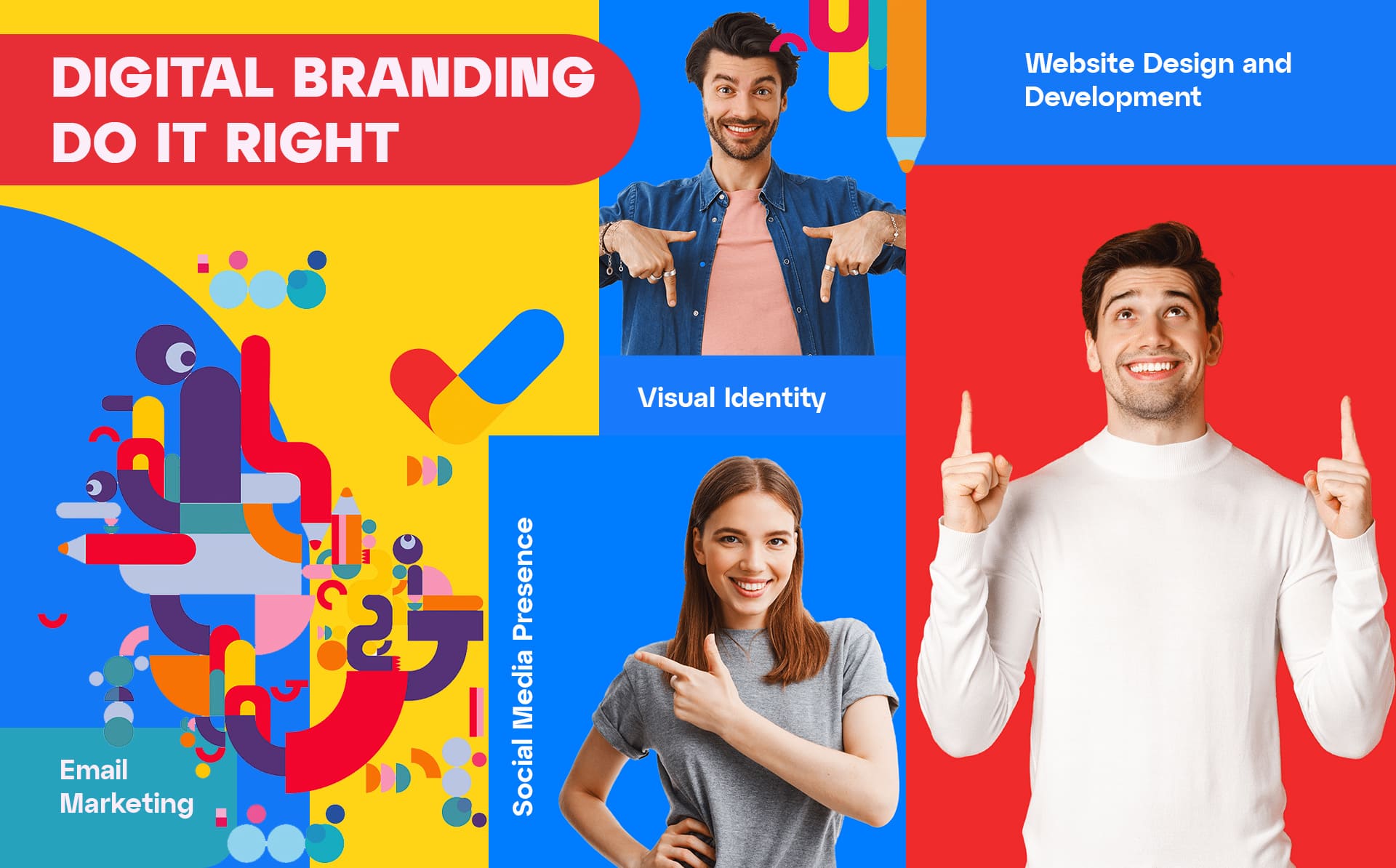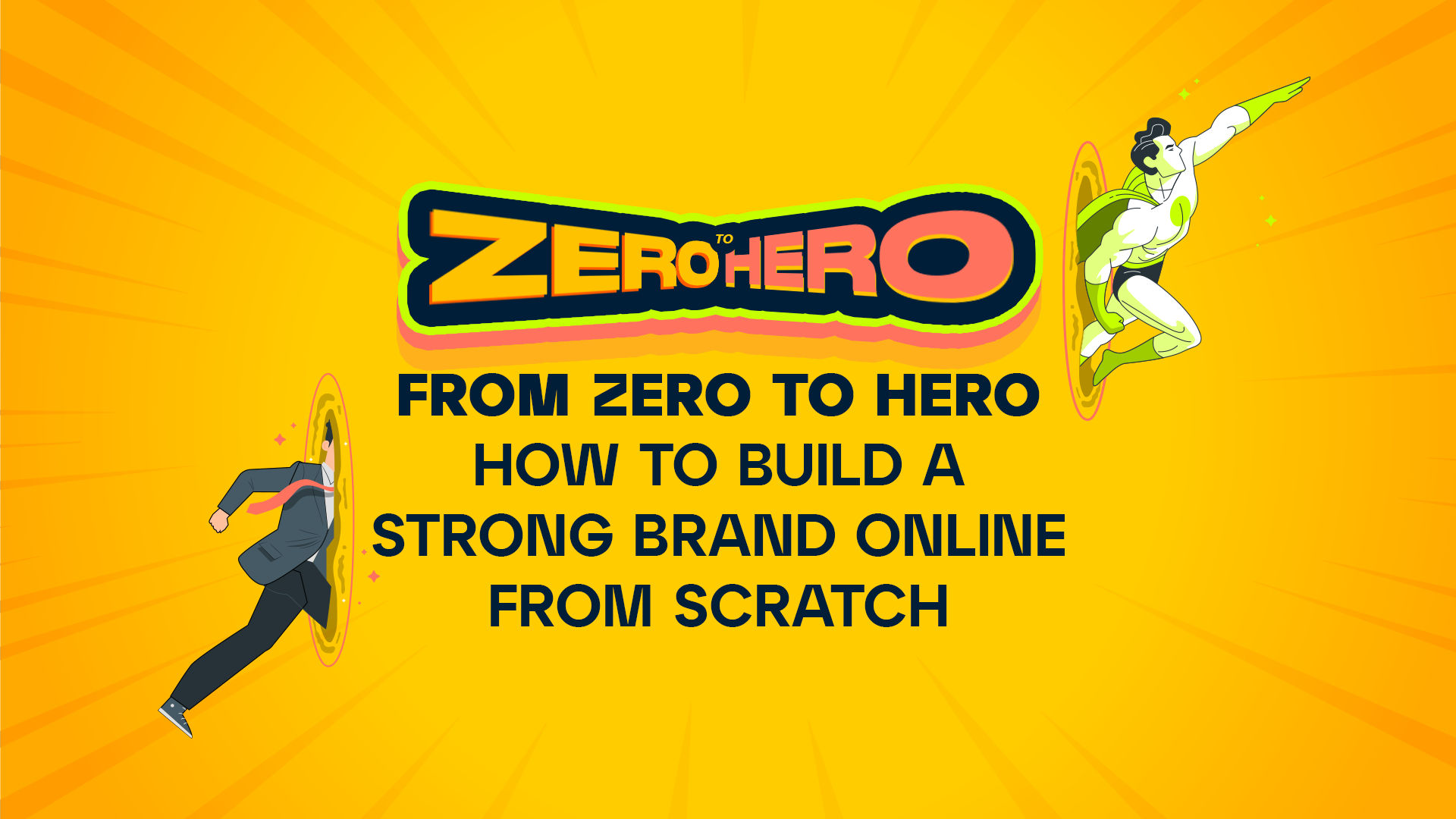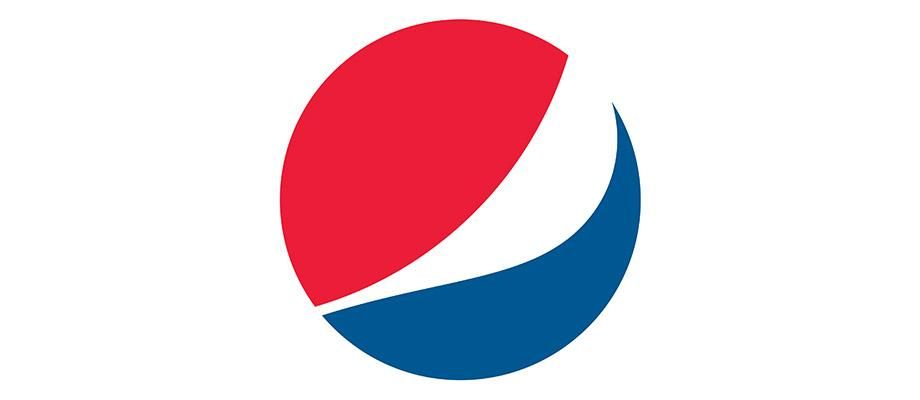Digital branding refers to the process of creating an online presence for a brand, product, or service that effectively represents the brand’s identity, values, and messages to its target audience through various digital channels such as websites, social media, email marketing, and mobile applications.
Digital branding involves developing a unique visual identity and tone of voice, as well as creating engaging content that resonates with the target audience. The goal is to create a consistent and memorable brand experience across all digital touchpoints, ultimately helping to build brand loyalty and drive customer engagement and conversion.
In the digital age, digital branding has become increasingly important as more and more consumers use the internet and digital devices to research and purchase products and services. A strong digital brand can help a business stand out in a crowded online market and establish trust and credibility with its target audience.
The components include:
- Visual Identity: This includes the brand’s logo, color palette, typography, and other visual elements that represent the brand and create a consistent look and feel across all digital channels.
- Tone of Voice: This refers to the brand’s personality and how it communicates with its target audience. This includes the language used in communications, the writing style, and the overall tone of the brand’s messaging.
- Content Strategy: This refers to the planning, creation, and distribution of content that aligns with the brand’s values and goals. This can include blog posts, videos, infographics, social media posts, and other forms of digital content.
- Website Design and Development: This refers to the design and functionality of the brand’s main digital hub, which is often its website. The website should be user-friendly, visually appealing, and reflective of the brand’s identity.
- Social Media Presence: This refers to the brand’s presence on social media platforms such as Facebook, Twitter, Instagram, and others. Social media presence should align with the brand’s visual identity, tone of voice, and content strategy.
- Email Marketing: This refers to the use of email to reach the brand’s target audience and build relationships with customers and prospects.
- Mobile Optimization: This refers to ensuring that the brand’s digital presence is optimized for viewing on mobile devices, as an increasing number of consumers are using smartphones and tablets to access the internet.
- Analytics and Measurement: This refers to the tracking and analysis of data to measure the effectiveness of digital branding efforts and make informed decisions about future campaigns and strategies.
These components work together to create a consistent and memorable digital brand experience for the target audience, helping to build brand awareness, credibility, and customer loyalty.
Digital Branding vs Digital Advertising
Digital branding is focused on building the brand’s image and reputation, while digital advertising is focused on promoting the brand to drive specific outcomes such as sales and leads. Both digital branding and digital advertising are important components of a comprehensive digital marketing strategy, as they work together to help businesses achieve their goals and reach their target audience.
Here are a few trends and predictions in digital branding:
- Artificial Intelligence (AI) and Personalization: AI is being used to provide personalized experiences for consumers, and this trend is expected to continue as AI technology advances. Brands will use AI to create personalized marketing experiences, product recommendations, and customer service interactions.
- Video Content: Video content is becoming increasingly important for digital branding, as consumers are seeking more engaging and informative content. Brands are expected to invest more in video content, including live streaming and short-form video.
- Voice Search Optimization: With the increasing popularity of voice assistants like Amazon Alexa and Google Home, voice search optimization is becoming more important for digital branding. Brands need to ensure their websites and content are optimized for voice search to reach consumers who are using voice-activated devices.
- Social Media Influencer Marketing: Influencer marketing has become an important part of digital branding, as brands are partnering with influencers to reach a wider audience and build trust with consumers. Brands are expected to continue to invest in influencer marketing and explore new ways to integrate influencer content into their marketing strategies.
- Micro-Moments: Consumers are increasingly using their smartphones to make quick decisions and take action in real-time, and this trend is known as micro-moments. Brands need to be present and ready to engage with consumers in these micro-moments, which can have a significant impact on purchasing decisions.
- Interactive Content: Interactive content, such as quizzes, polls, and games, is becoming more popular as consumers seek engaging and personalized experiences. Brands are expected to create more interactive content to increase engagement and build stronger relationships with their target audience.
- Virtual Reality (VR) and Augmented Reality (AR): VR and AR are becoming more accessible and are expected to be used more in digital branding. Brands will use VR and AR to create immersive experiences for consumers, such as virtual product demonstrations and augmented product packaging.
- Privacy and Security: With increasing concerns about privacy and data security, brands need to prioritize these issues in their digital branding efforts. Brands are expected to be more transparent about their data practices and invest in strong security measures to protect consumer information.
Conclusion:
Stay in the Trend and be remembered!









